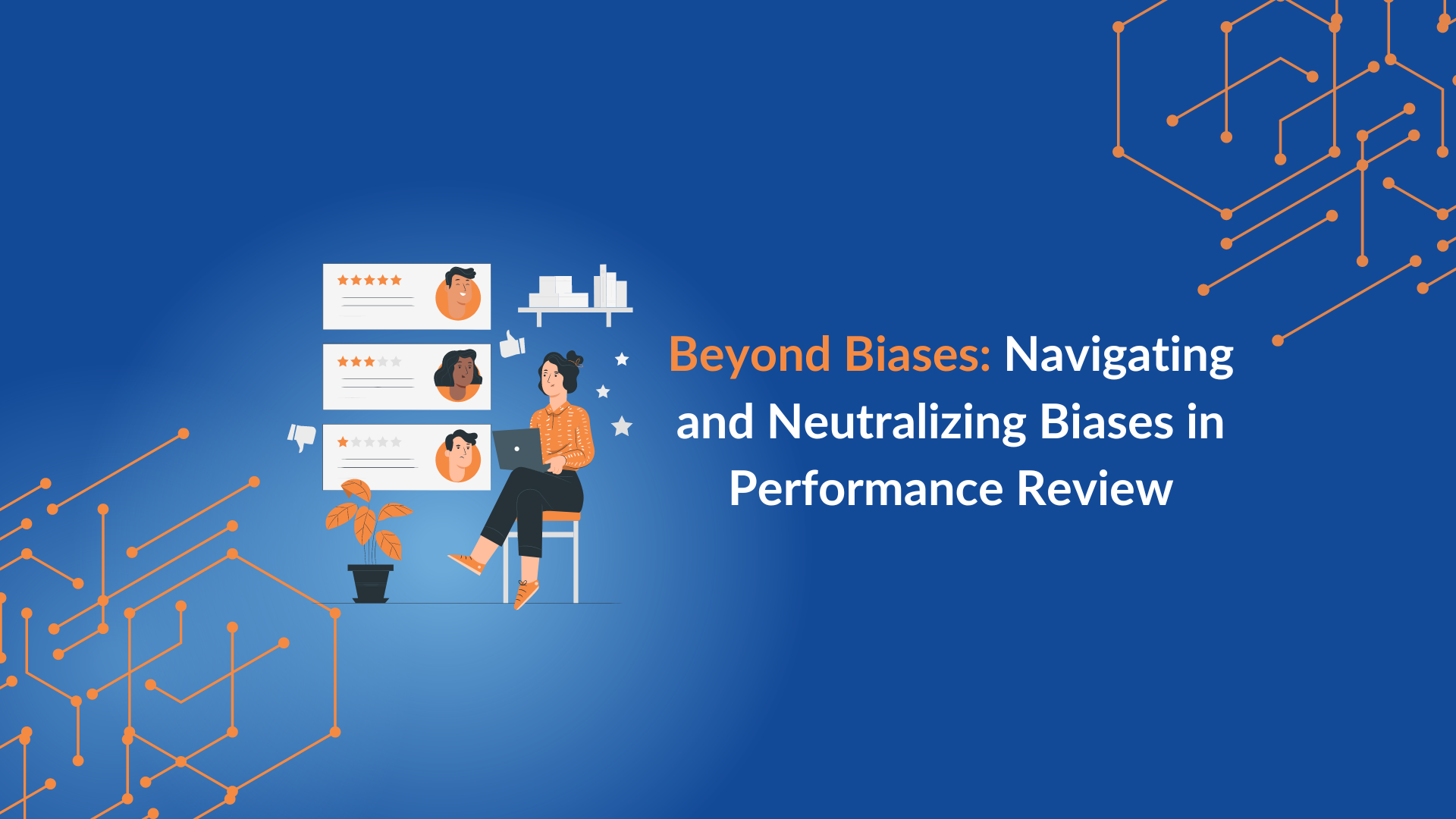In the modern organization’s intricate landscape, performance reviews are critical for evaluating employee contributions and guiding career development. However, if not navigated carefully, these assessments are susceptible to a range of biases. These biases, often subtle and unrecognized, can skew evaluations, impacting employee morale and the organization’s overall effectiveness. This comprehensive guide delves into the various biases that can negatively impact performance reviews and offers strategic solutions for managers and leaders to ensure fairness and accuracy.
Overemphasis on numbers can similarly skew performance evaluations. Read more about the impact of quantitative measures here.
The Halo/Horns Effect
The Halo effect occurs when an employee’s strong performance in one area overshadows their overall performance, leading to excessively high ratings. Conversely, the Horns effect is where a single weakness leads to unfairly low ratings. This binary perception stems from a human tendency to focus on notable traits or incidents. These biases can significantly misrepresent an employee’s capabilities and contributions, impacting team dynamics and individual career paths.
Seeking multiple perspectives, focusing on specific, measurable achievements, and incorporating 360-degree feedback systems are steps that provide a more balanced view. Regular calibration meetings, where managers discuss and compare their evaluations, also help in mitigating these biases, ensuring that performance assessments are based on a comprehensive understanding of an employee’s abilities.
Undue Strictness/Leniency
This bias manifests when managers are either excessively strict or overly lenient in their ratings. This inconsistency can result from various factors, including a manager’s personal experiences or pressures from organizational culture. Such biases lead to a distorted view of an employee’s performance, causing misunderstandings, affecting employee engagement, and potentially impacting retention.
To address this, standardized performance metrics and clear and objective criteria for evaluation are crucial. Additionally, regular training sessions can help managers recognize and overcome their inherent rating tendencies. Peer review systems, where colleagues provide input on each other’s performance, can offer diverse viewpoints, contributing to more balanced evaluations.
Recency Bias
Recency bias is a cognitive shortcut that leads managers to place excessive emphasis on recent events or behaviors. This bias can cause an overestimation or underestimation of an employee’s overall performance, particularly in fast-paced work environments.
To counter this, managers should strive for a consistent performance review process that equally weighs contributions throughout the review period. Maintaining comprehensive performance records and encouraging a culture of continuous feedback can help provide a more accurate picture of an employee’s performance over time.
Similar-to-Me Bias
Similar-to-me bias occurs when managers unconsciously favor individuals who share similarities with them, regardless of gender, age, race, experience, or even work habits.
This bias can lead to inflated ratings for similar individuals, undermining the essence of diversity and inclusion in the workplace.
To mitigate this, organizations should build a culture of diversity and inclusion from the top down. Blind reviews, where the evaluator is unaware of the employee’s identity, are also an effective strategy. Additionally, diversity and inclusion training can sensitize managers to the nuances of unconscious biases, encouraging more equitable evaluations.
Continuity Bias
Continuity bias is the tendency to let an employee’s past performance significantly influence the assessment of their current performance. This bias can lead to evaluations that do not accurately reflect an employee’s current contributions and capabilities.
To overcome this, it is essential for managers to focus on current performance and set new, relevant goals for each review period. This approach encourages employees to continually strive for improvement and allows managers to assess performance based on current achievements rather than past laurels.
Attribution Bias
Attribution bias in performance reviews occurs when managers attribute an employee’s success or failure to the wrong causes. For instance, attributing success solely to external factors or failures entirely to the employee’s lack of effort. This can demoralize employees and lead to inaccurate assessments.
Managers need to understand the complexity of factors affecting performance. Recognizing that success or failure is often the result of a combination of internal and external factors is crucial in making fair evaluations.
Groupthink Bias
Groupthink bias emerges when a manager’s opinion is overly influenced by the consensus of a group or higher management, regardless of an individual employee’s performance. This can lead to a homogenized view of performance, stifling individual assessment.
Establishing confidential feedback mechanisms and encouraging managers to conduct independent evaluations can help ensure that each employee’s performance is assessed on its own merits.
Ensuring fairness in performance reviews is a fundamental necessity for cultivating a culture of trust and excellence. By understanding and actively managing biases, leaders can make informed, equitable decisions that accurately reflect their team’s true performance. This journey towards unbiased evaluations is continuous and necessitates a commitment to self-awareness, education, and structured processes.


